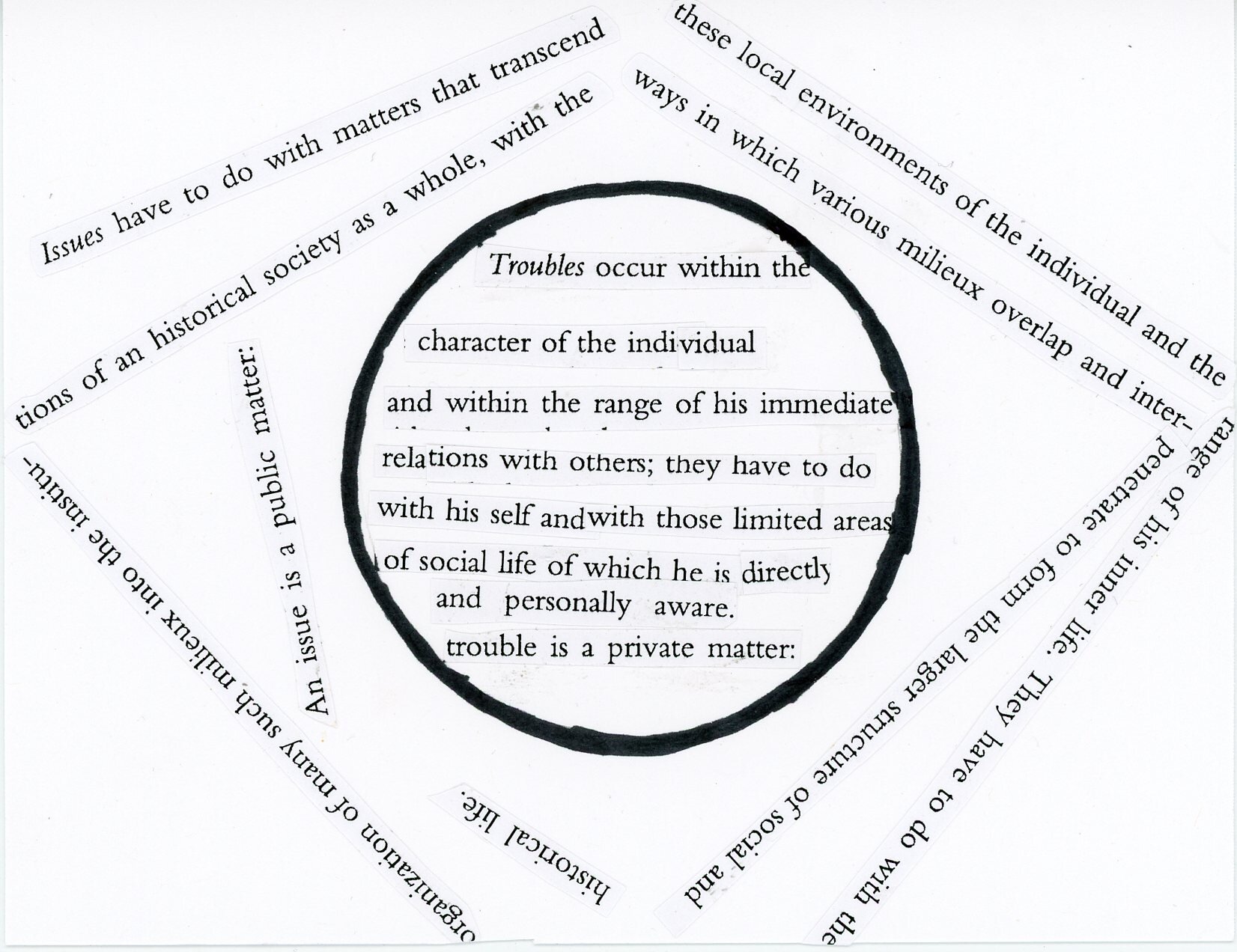Considering the postcard
When I left home as a scholarship student at a university thousands of miles away, my best friend gave me a book of twenty Frida Kahlo postcards, each of which she had stamped and addressed with her own address. And that act kicked off a postcard exchange that has lasted for three decades. And because she gave me those postcards, I have sent my friends and family postcards both when I travel and when I find one I like in a bookshop or boutique. Some of these friends have felt obligated to send me postcards back. I have kept them all. A new and recent friendship was cemented when he asked for my snail mail address via text and I received a postcard from him the following week, before I had even disclosed my fondness for them. 2019 has been a year of postcard making. To cope with climate despair, I started collecting botanicals on hikes and printing them, most commonly on postcards. I both gave some of these away blank and wrote messages on others and posted them.
Botanical 2019, monotype
This spring, I started a series of little activist self-care postcards, using linocut—things to inspire the community organizers and teachers and social workers I know. I both gave these away and sent them through the mail.
People Power postcard, 2019, linocut
This summer when I had a chance to travel, I decided to bring only my most portable art supplies and packed a stash of markers and blank postcards. And while I did buy postcards at various stops, I also started making little watercolors of places I visited and putting them in the mail.
World’s Largest Tree, 2019, watercolor brush markers and ink
So imagine my delight when I happened across this book by accident on a display at my local public library:
https://thamesandhudson.com/the-world-exists-to-be-put-on-a-postcard-artists-postcards-from-1960-to-now-9780500480434
It opens with these passages: “One of the pleasures of artists’ work with postcards is that, being made of non-precious material, they invite handling, ask to be included in our lives, picked up and turned over and puzzled about, shown to friends. The inexpensiveness of production encourages artists to experiment in their design…Egalitarian is the vital word concerning postcards. Until recently postcards were part of everyone’s life, displayed on the mantelpieces of urban flats and pinned to the walls of artists’ studios. They have influenced the creation of radical new works of art…Artists still work with, and on, postcards, cutting, scraping, collaging, painting, embroidering and erasing to make unique pieces.” That phrase “until recently” points to the ways in which texting and social media have supplanted the postcard. In my day job as a sociology instructor, I sometimes ask my students to make postcards that are visual statements from canonical texts in sociology, such as C. Wright Mills’ The Sociological Imagination:
Student postcard, 2017
I ask them to mail these postcards out as acts of civic engagement to a recipient of their choice. When we do this activity, most students have to be taught how to address a postcard, where to find stamps and where to put the stamp on the postcard. So, Jeremy Cooper is quite right to imply that postcards are no longer part of everyone’s life. In addition to all of the points Cooper makes about their accessibility, their potential disappearance from everyday life also drives my interest in postcards as a genre. It is perhaps not an accident that this year I have doubled down on my own lifelong postcard obsession? practice? Even if you do not make your own postcards, I would encourage you to pick one up now and then, write a short note on the back and pop it in the mail. You will bring a moment of delight to its recipient.




